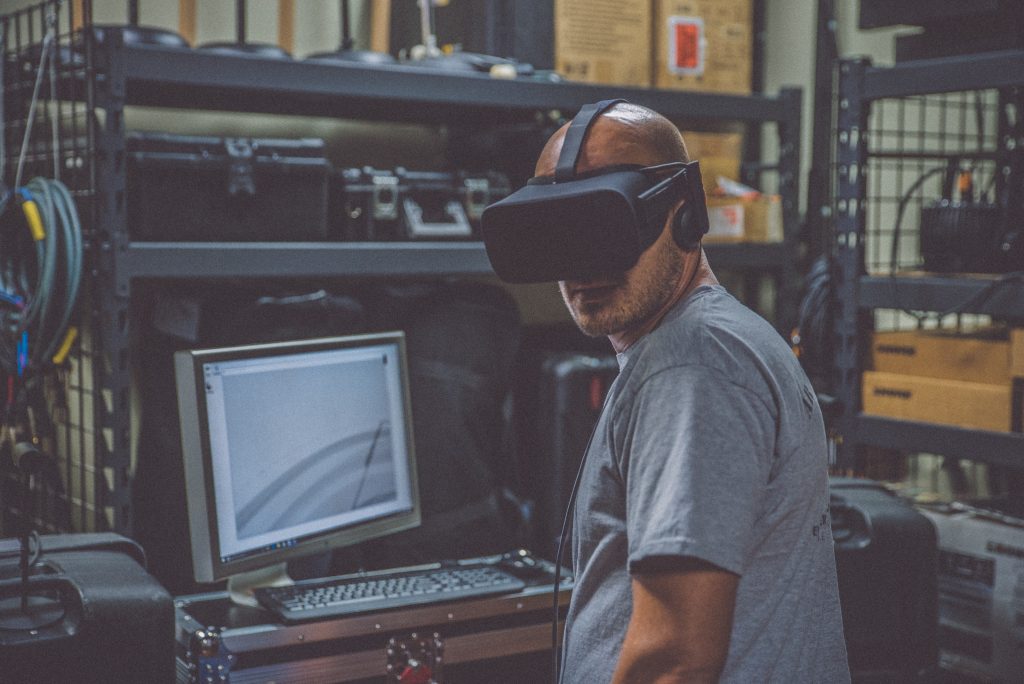Visualisation of explosions using virtual reality technologies
Scientists: Bartosz Bosak, Adrian Kotarski, Poznan Supercomputing and Networking Center in collaboration with Piotr Sielicki, Poznan University of Technology, Poland
Since the earliest days of computing, when computers were controlled by plugboards and punched cards, there has been a role for the numerical calculations for matters of civic importance, such as weather predictions, and studies on thermonuclear weapons. As computers and human life has become more complicated, petascale HPC allows to meet ever more complex civic demands in sensitive domains such as public security, transportation, and medicine.
In Poland, Bartosz Bosak and Adrian Kotarski of the Poznan Supercomputing and Networking Center (PSNC) in cooperation with Piotr Sielicki of Poznan University of Technology have been tackling the problem of numerical prediction of hazard zone areas in buildings, urban space, and around selected objects of city infrastructure. Regardless of the scale and actual usage scenarios, the prediction of hazard zones should be considered a highly complex problem that needs to be thoroughly addressed by both software and hardware.
Considering explosion scenarios caused by terrorist incidents or unexpected disasters, it is hard to assess the final effect of such loadings on both infrastructure and living organisms. Since information about the danger area and potential injuries or damage must be given instantly, the primary objective of this project is to ensure that results of complex calculations can be provided within a very short and predictable timeframe. Thus it is extremely important to enable some urgent computing mechanisms on the machine performing calculations. In the addressed case much of the numerical calculation is outsourced to the Eagle cluster located in PSNC.
However, ensuring adequate computation performance is only a qualified success. Practical application of the solution requires highly responsive and intuitive interfaces. The final visualisation of the results, i.e. pressure propagation in the air and on building and street surfaces, is performed using an immersive virtual reality environment (e.g. Oculus, VR Chamber) and dedicated software. The application loads calculations made by HPC into the memory and places users in a 3D simulated world where they can perform certain actions by using standard VR controllers. Users can easily move around as well as zoom-in and zoom-out the view. There are also many time control options like rewinding the simulation, speeding it up or even totally stopping the time flow. It makes hazard zone investigation simpler and more precise. The application can visualise explosion propagation over time by colouring the air based on current pressure values; the higher the pressure, the more intense the colour. It is also easy to determine the peak and average pressure as well as display pressure graph for given zones. It is also possible to get information on how the pressure in a given location may affect eardrum rupture and death probabilities, which is more meaningful for people using the system than raw physical quantities.
This project seeks to provide real time calculations which can be crucial in minimizing the impact of natural disasters and terrorist attacks. The developed environment will be highly useful for various public services, including the police and the army, but also for building constructors and administrators.



